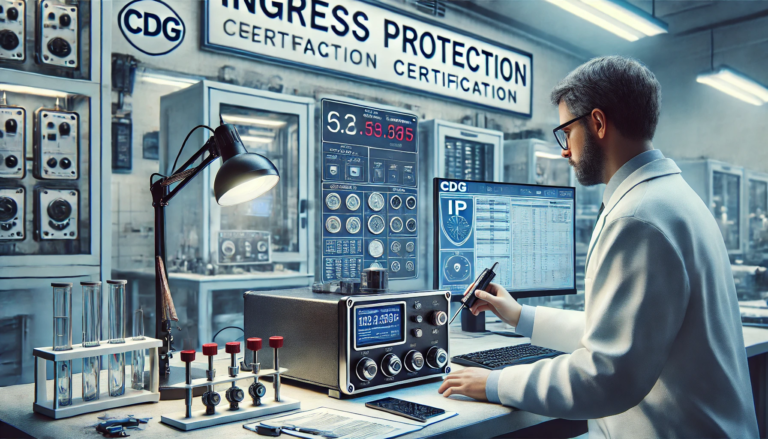When it comes to ensuring the durability and reliability of electronic devices and equipment, ingress protection (IP) ratings play a crucial role. But what do these ratings really signify, and why should you pay attention to them? In this blog post, we’ll dive into the meaning behind IP ratings, how they are determined, and why they matter for your devices. Whether you’re a manufacturer, a consumer, or just curious, this guide will help you understand the significance of IP ratings and how they can impact your choices.
What Are IP Ratings?
Ingress Protection ratings, commonly known as IP ratings, are standardized measures that indicate how well an electronic device or equipment is protected against the intrusion of dust and water. These ratings are defined by the international standard IEC 60529. The IP rating system uses a two-digit code to specify the level of protection:
- The First Digit: Indicates protection against solid objects like dust.
- The Second Digit: Indicates protection against liquids, such as water.
Decoding the IP Rating Code
To understand what an IP rating tells you, let’s break down the code:
Solid Object Protection (First Digit):
0: No protection.
1: Protection against objects larger than 50mm (e.g., hands).
2: Protection against objects larger than 12.5mm (e.g., fingers).
3: Protection against objects larger than 2.5mm (e.g., tools).
4: Protection against objects larger than 1mm (e.g., wires).
5: Dust protected (limited ingress of dust permitted).
6: Dust tight (complete protection against dust).
Liquid Protection (Second Digit):
0: No protection.
1: Protection against vertically falling water droplets.
2: Protection against water droplets falling at an angle up to 15 degrees.
3: Protection against spraying water at an angle up to 60 degrees.
4: Protection against water splashes from any direction.
5: Protection against water jets from any direction.
6: Protection against powerful water jets.
7: Protection against immersion in water up to 1 meter.
8: Protection against continuous immersion in water beyond 1 meter.
Why IP Ratings Matter
Understanding IP ratings is essential for several reasons:
Device Longevity: Devices with higher IP ratings are better protected against environmental factors, which can extend their operational lifespan. For instance, a smartphone with an IP68 rating can withstand both dust and submersion in water, making it ideal for rugged use.
Safety and Compliance: Many industries require equipment to meet specific IP ratings to ensure safety and compliance with regulations. For example, in the automotive industry, components exposed to harsh conditions must have high IP ratings to prevent failures.
Performance Assurance: IP ratings help users make informed decisions about where and how to use their devices. Knowing that a device is water-resistant can give you confidence when using it in challenging environments.
Practical Tips and Real-World Examples
Selecting the Right Equipment: When choosing equipment for outdoor use, look for high IP ratings to ensure durability. For example, outdoor security cameras often have IP66 ratings to withstand rain and dust.
Understanding Limitations: An IP67 rating means protection against dust and temporary immersion in water, but it’s not suitable for continuous underwater use. Always check the manufacturer’s guidelines for specific use cases.
Maintenance and Care: Even devices with high IP ratings can suffer from wear and tear. Regular maintenance, such as cleaning seals and checking for damage, is crucial to maintaining their protective capabilities.
IP ratings are more than just numbers; they represent the level of protection your devices have against environmental hazards. Understanding these ratings helps you make better decisions regarding equipment durability and suitability for various conditions.
At CDG, we specialize in ingress protection testing to ensure that your devices meet the highest standards of reliability and performance. If you have any questions about IP ratings or need testing services, feel free to reach out.


